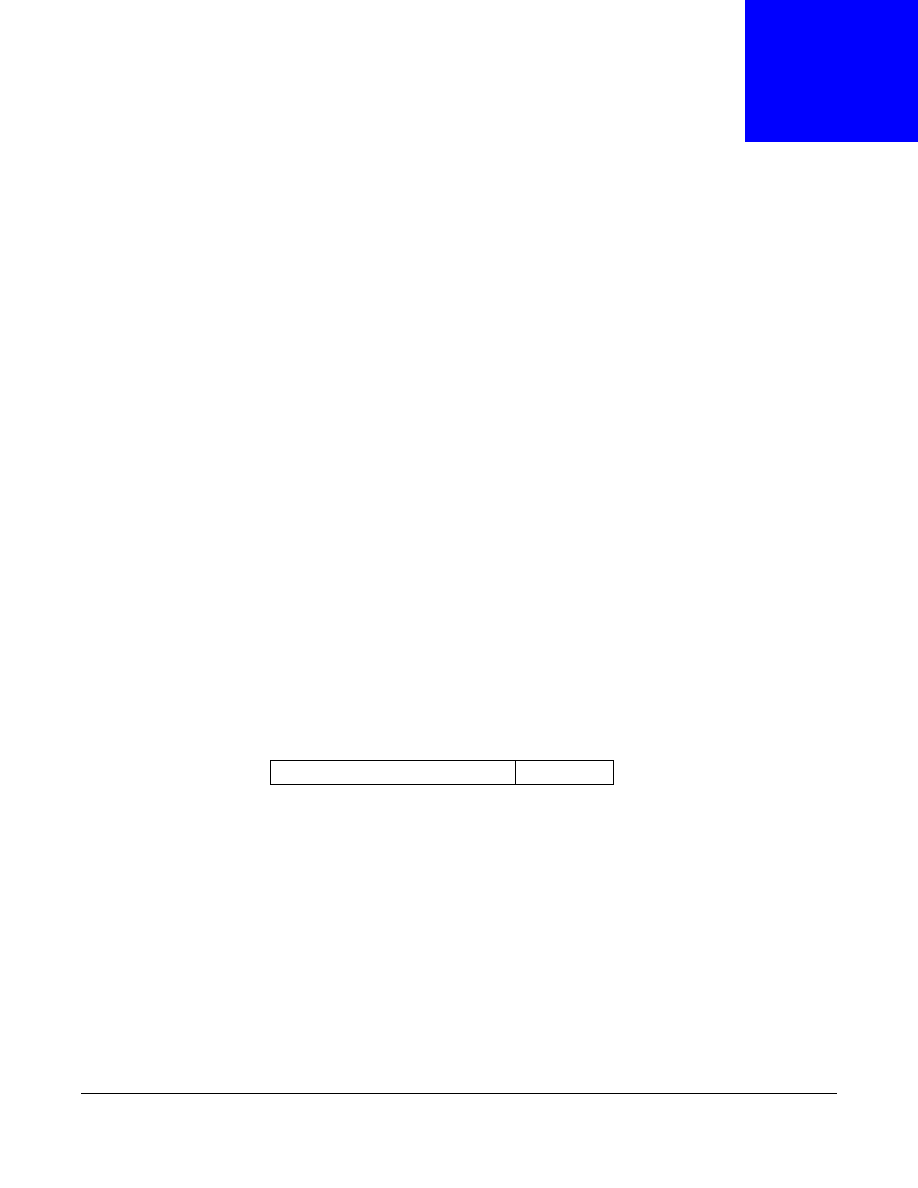
GS3700/XGS3700 Series User’s Guide
305
C
H A P T E R
3 7
Differentiated Services
This chapter shows you how to configure Differentiated Services (DiffServ) on the Switch.
37.1 DiffServ Overview
Quality of Service (QoS) is used to prioritize source-to-destination traffic flows. All packets in the
flow are given the same priority. You can use CoS (class of service) to give different priorities to
different packet types.
DiffServ is a class of service (CoS) model that marks packets so that they receive specific per-hop
treatment at DiffServ-compliant network devices along the route based on the application types
and traffic flow. Packets are marked with DiffServ Code Points (DSCPs) indicating the level of
service desired. This allows the intermediary DiffServ-compliant network devices to handle the
packets differently depending on the code points without the need to negotiate paths or remember
state information for every flow. In addition, applications do not have to request a particular service
or give advanced notice of where the traffic is going.
37.1.1 DSCP and Per-Hop Behavior
DiffServ defines a new DS (Differentiated Services) field to replace the Type of Service (ToS) field in
the IP header. The DS field contains a 6-bit DSCP field which can define up to 64 service levels and
the remaining 2 bits are defined as currently unused (CU). The following figure illustrates the DS
field.
Figure 198
DiffServ: Differentiated Service Field
DSCP is backward compatible with the three precedence bits in the ToS octet so that non-DiffServ
compliant, ToS-enabled network device will not conflict with the DSCP mapping.
The DSCP value determines the PHB (Per-Hop Behavior), that each packet gets as it is forwarded
across the DiffServ network. Based on the marking rule different kinds of traffic can be marked for
different priorities of forwarding. Resources can then be allocated according to the DSCP values and
the configured policies.
37.1.2 DiffServ Network Example
The following figure depicts a DiffServ network consisting of a group of directly connected DiffServ-
compliant network devices. The boundary node (A in
) in a DiffServ network classifies
(marks with a DSCP value) the incoming packets into different traffic flows (Platinum, Gold,
Silver, Bronze) based on the configured marking rules. A network administrator can then apply
DSCP (6 bits)
CU (2 bits)




























































































































































































































































































































































































































































